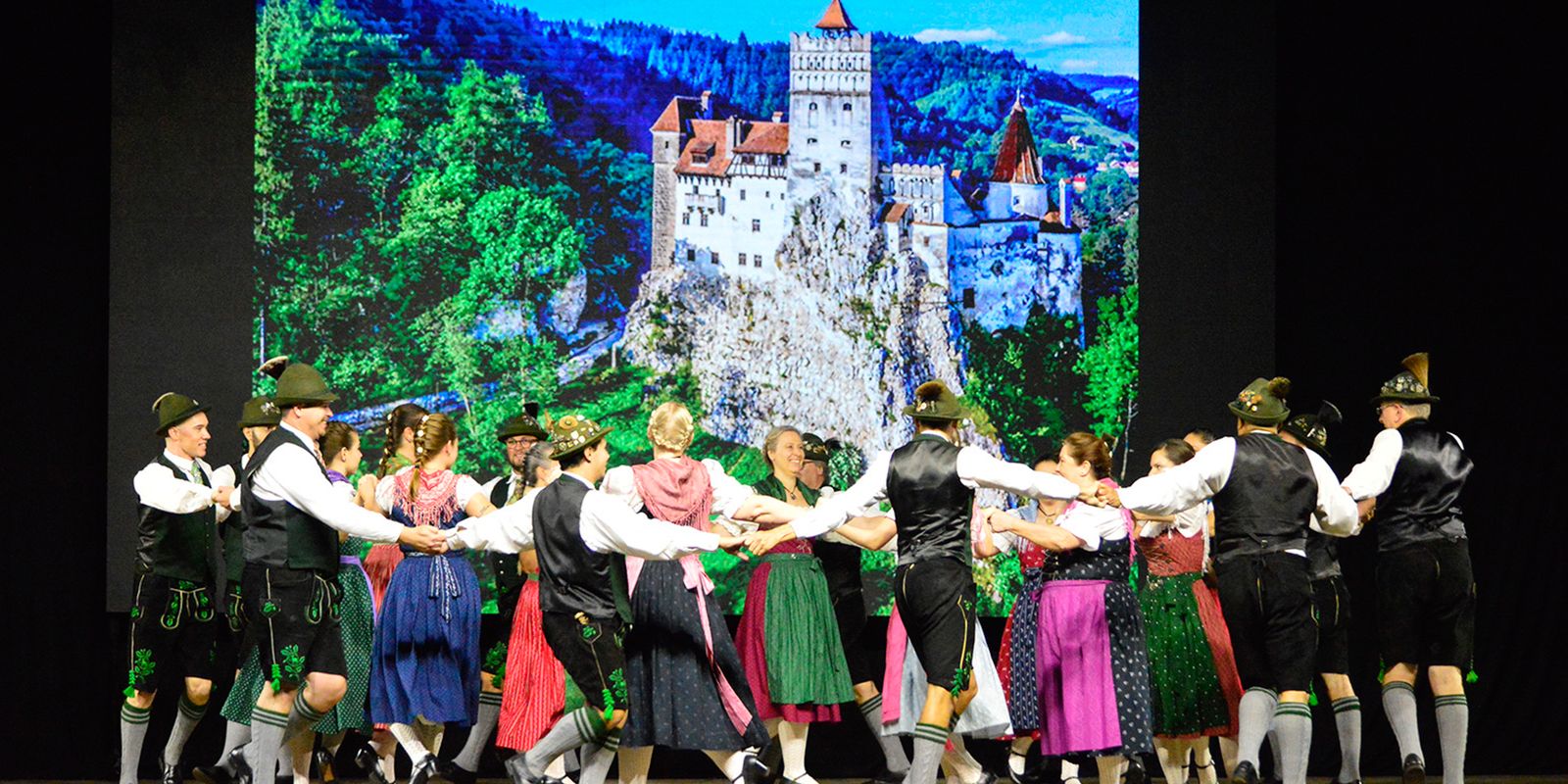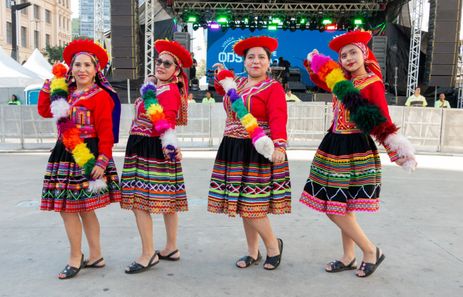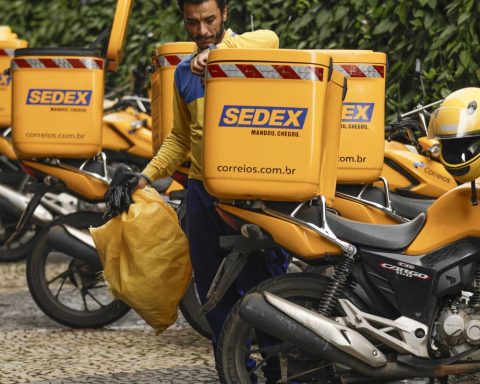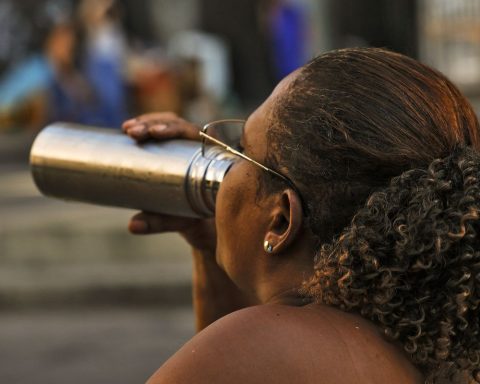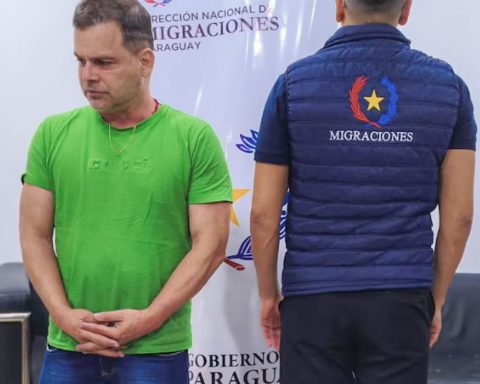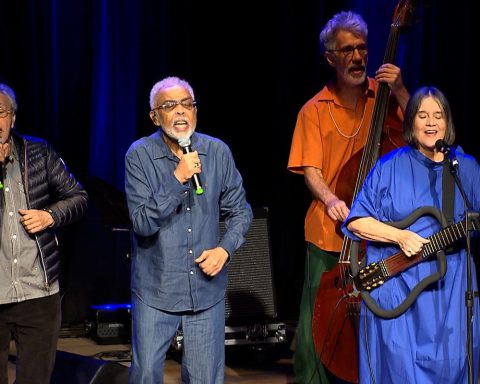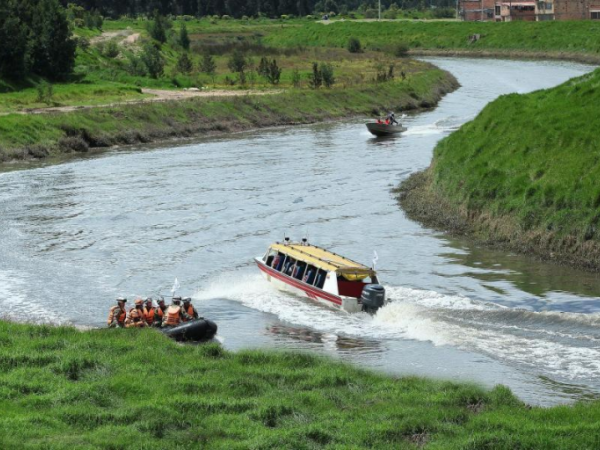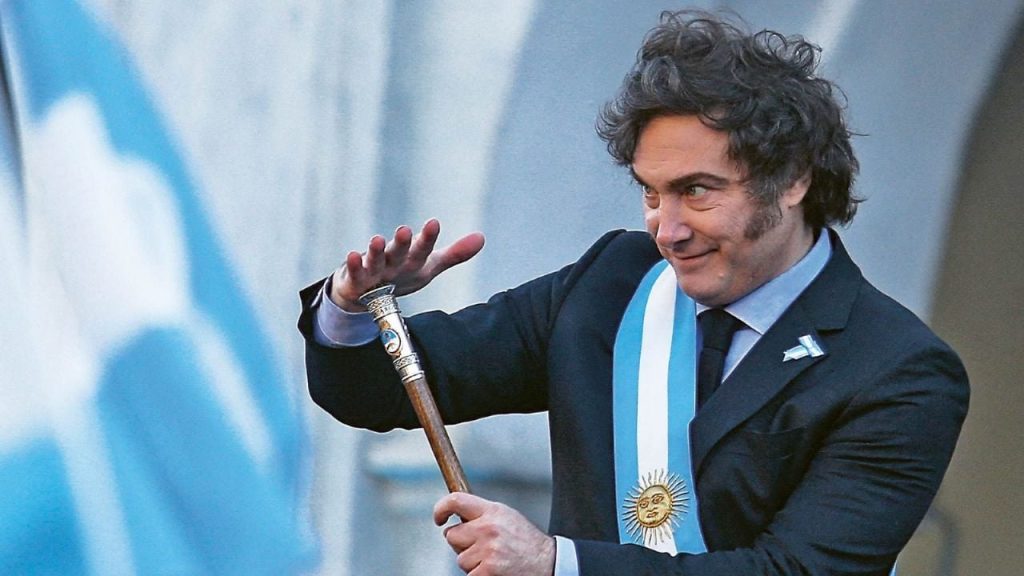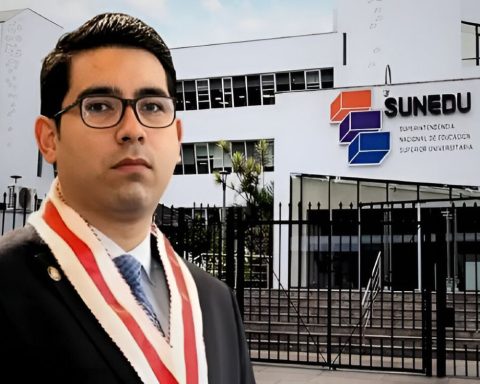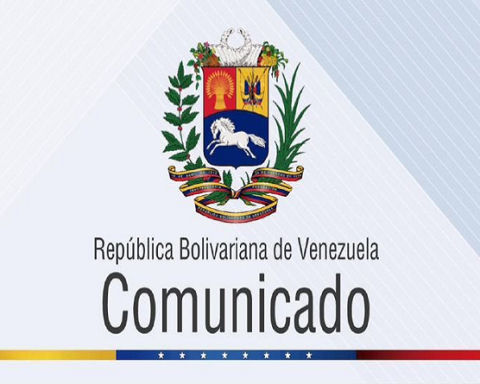The 51st edition of the International Folk Dance Festival, which will feature performances that share some of the culture of 19 countries, begins this Saturday (21), in the capital of São Paulo, and will feature the debut of the dancers Sumaq, representing Peru, alongside the other 26 groups. The event is organized by Bunkyo – Brazilian Society of Japanese Culture and Social Assistance, a non-profit organization maintained by volunteers.
The festival is an opportunity for people to get closer to the art of Germany, Armenia, Austria, Bolivia, Croatia, Scotland, Spain, Greece, Hungary, Israel, Japan, Lithuania, Paraguay, Peru, Portugal, Russia, Syria, Switzerland and Ukraine, over the two days of programming. There will also be stands selling typical food and products.
“There is a whole rehearsal, a lot of care, and you can see how much the groups enjoy dancing. And they transmit this good energy. You don’t even notice the time passing. The energy is so good that one ends, another starts and that’s it”, praises Teruco Araki Kamitsuji, president of the event’s organizing committee, pointing out that the festival caught the attention of a museum in Japan.
Sumaq
Behind the group Sumaq, a word that in Quechua means “beautiful, charming, delicious”, is the Peruvian tourism expert Maria Angélica Cuno, originally from Cusco. She says that, since school, she has been dancing, just like her mother, from whom she inherited a costume, the starting point of everything.
Angelita, as she is affectionately known by her closest friends, left her home country, where she worked as a tour guide, to “leave her comfort zone”. “I came here always thinking about culture and folklore,” she says.
Little by little, she began to make new friends in her new place, sharing her knowledge of the possible routes in her country. As she made friends, people asked her to show them the dances of her homeland. After several invitations and people urging her to form a small Peruvian group, she put her plan into action.
However, despite the incentives, many did not keep their word to pay for the clothes they brought from Peru. Another challenge, which still remains, is reaching consensus, since “everyone has a different way of thinking.”
Even with a pile of obstacles, the tourism expert does not let herself get down and encourages the members to also enjoy the art. “I encourage them, saying, ‘We are immigrants. Let’s take advantage of the fact that we are here to have fun dancing. That’s the purpose,'” says Angelita.
Volga
The members of the Volga group, which is part of an association of the same name, are also advised to let themselves be infected by joy when they go on stage, according to the founder of the organization, Tamara Gers Dimitrov. She points out that they select the most famous songs from the entire Russian repertoire to perform for the audience, and that they use accessories such as the kokoshnik hair ornament. Another characteristic is the dance steps that give more pride to the male members and delicacy to the female members.
Something that demonstrates the cultural intersection between countries is a well-known doll, which comes from crafts: the matryoshka. “It represents the whole family and came from an idea from Japan. There was this little Japanese doll, which is one inside the other, and an artist wanted to make something representing Russia. So, he represented the Russian peasant woman,” Tamara summarizes.
Edelweiss
Carlos Busch joined the Edelweiss group, which is now 45 years old, in its first decade of existence. Today, his wife, Mônica Busch, is the coordinator of the members’ costumes.
She explains that the costumes are inspired by what remained in the social imagination during the post-war period, in relation to southern Germany and also Austria, such as leather pants and typical peasant dresses. “She chose a costume that everyone sees and knows is German,” she emphasizes, adding that the choreography includes circle dances or square dances (groups of four couples), which are reminiscent of court dances, and are well thought out, since it has to fit into a ten-minute space.
As for musical instruments, what we hear are the sounds of an accordion, violin, double bass and, occasionally, a flute. “Unfortunately, we don’t have live music. It’s very difficult to find musicians who can keep up with the rhythm of a dance group. But with an accordion, we can have a dance party. We joke around and say that.”
See the schedule
51st International Folk Dance Festival
September 21 (Saturday), at 4 pm and September 22 (Sunday), at 3 pm
Bunkyo Grand Auditorium (São Joaquim Street, 381 – Liberdade, São Paulo | close to the São Joaquim subway station)
September 21st (Saturday) – 4pm
1. Awaodori Dam – Japan
2. Benjamin Constant College – Germany
3. Brazil Caledonia – Scotland
4. Villages of Our Land – Portugal
5. Neolea Asteri – Greece
6. Kilikia – Armenia
7. Dance Group Helvetia – Switzerland
8. Kyiv – Ukraine
9. Mabruk – Syria
10. Kantuta – Bolivia
11. Tanzfriend – Germany
12. Apollo – Greece
September 22nd (Sunday) – 3pm
1. Chaverim – Israel
2. Souvenir and Agarimo – Spain
3. AC Kolping – Germany
4. Guarani Soul – Paraguay
5. Sumaq Peru – Peru
6. Volga – Russia
7. House of the Azores – Portugal
8. Tyrol – Austria
9. Ryuka Sousaku Eisa Taiko – Japan
10. Rambynas – Lithuania
11. Jadran – Croatia
12. Kyiv – Ukraine
13. Edelweiss – Germany
14. Caporales Mi Viejo San Simón – Bolivia
15. Pantlika – Hungary
16. Zorbas – Greece
